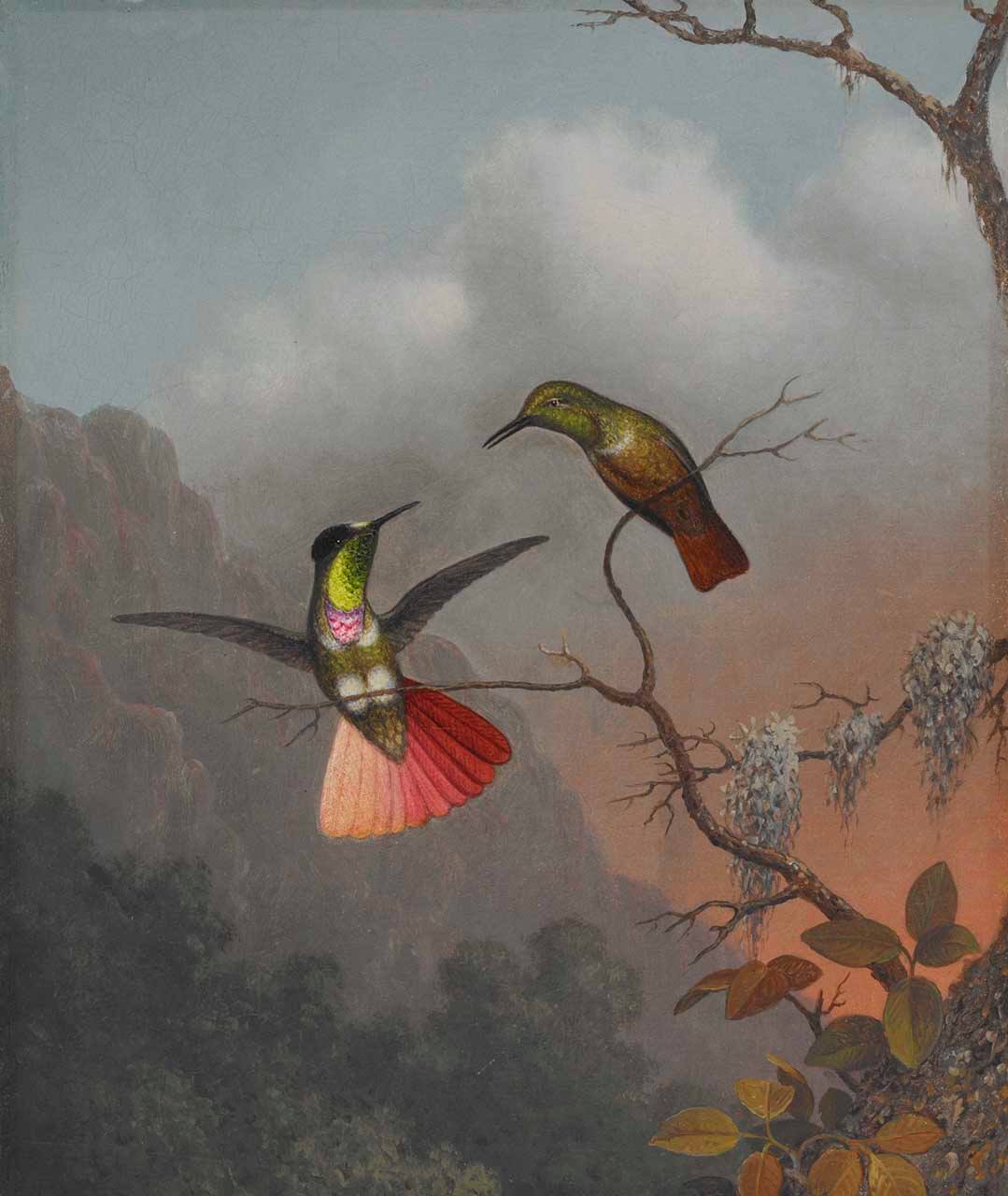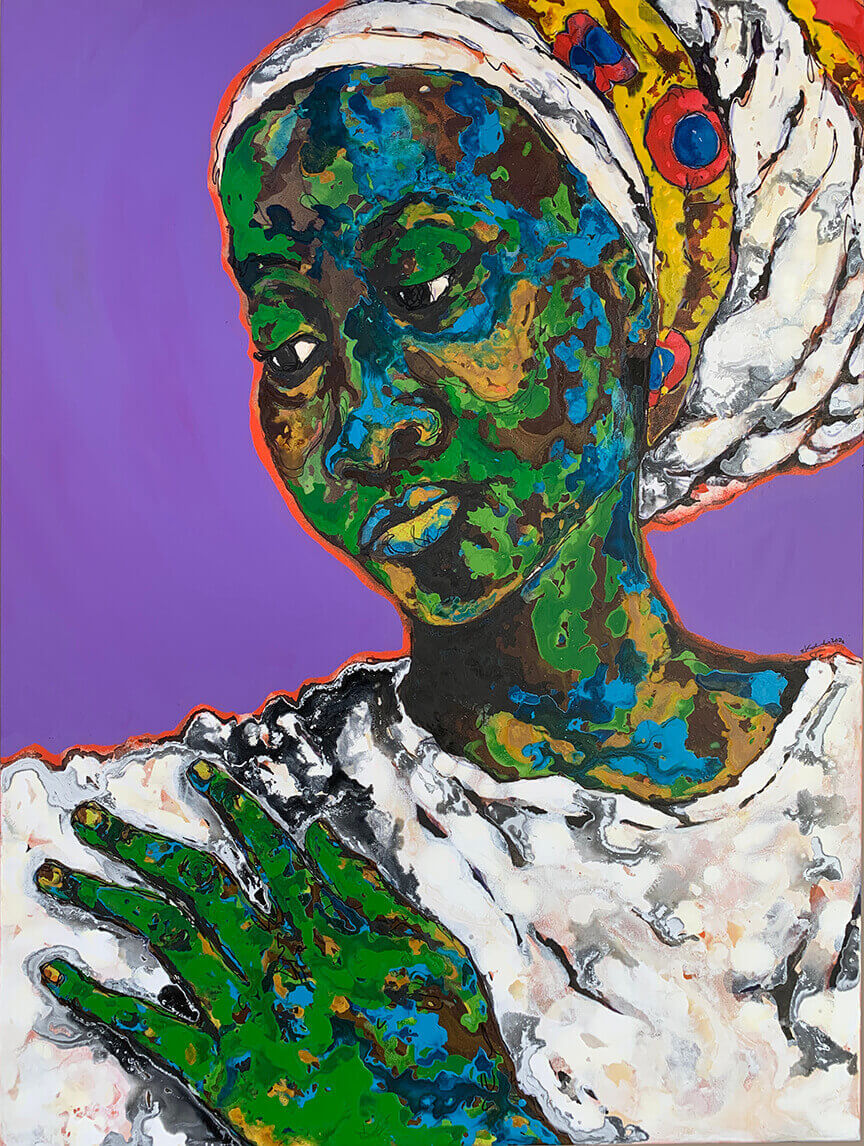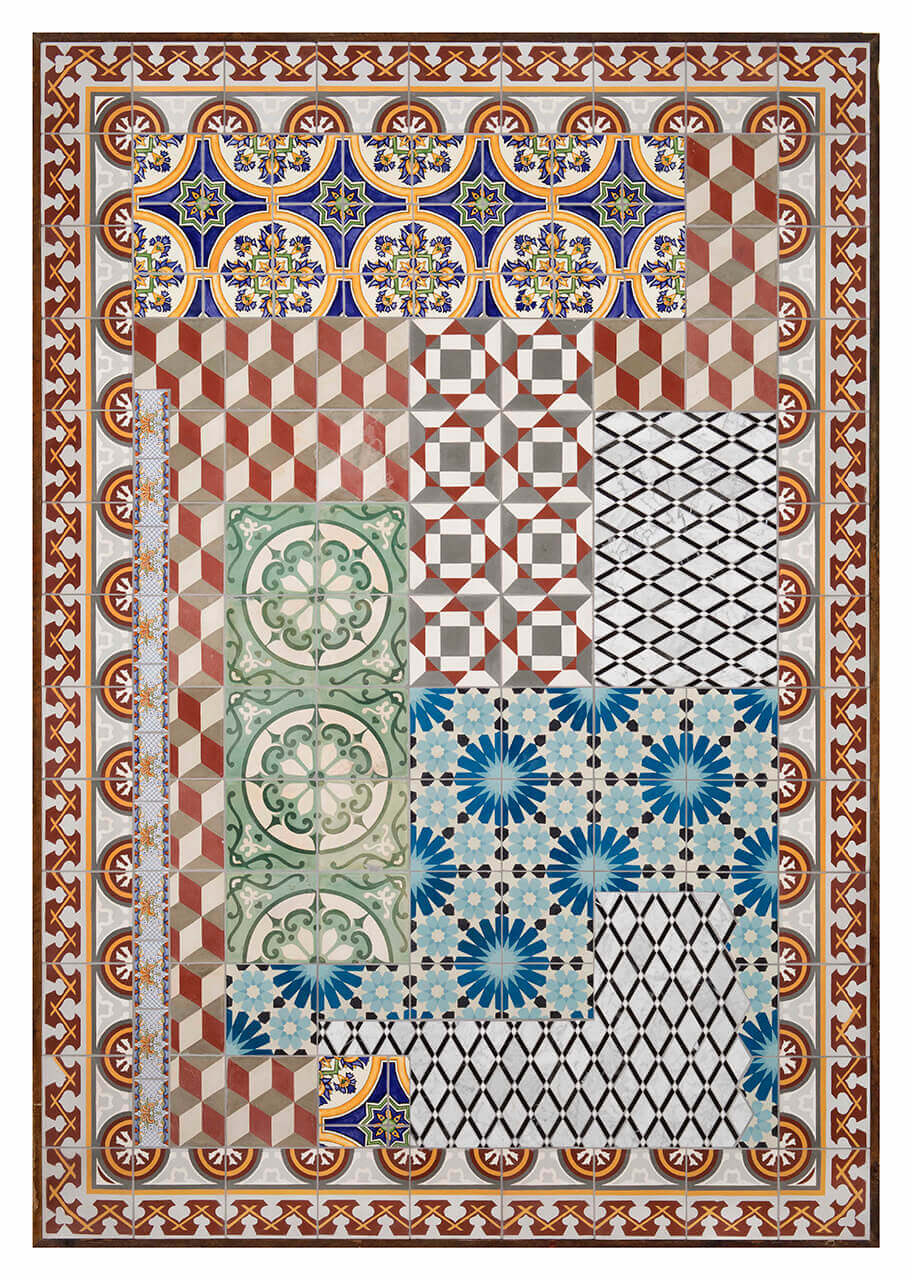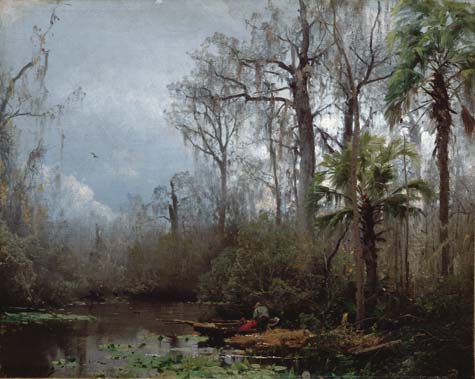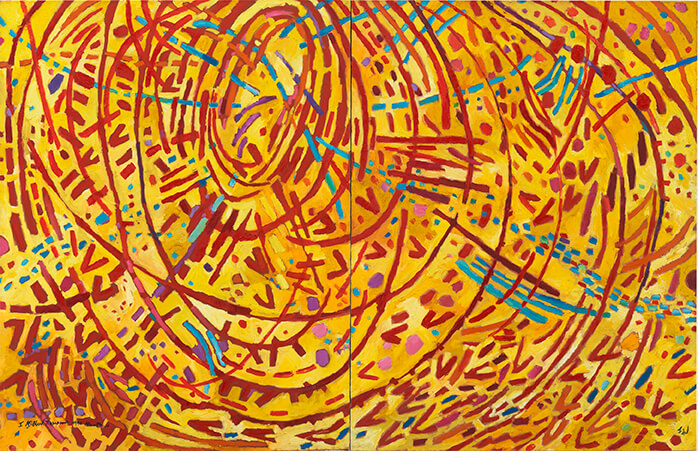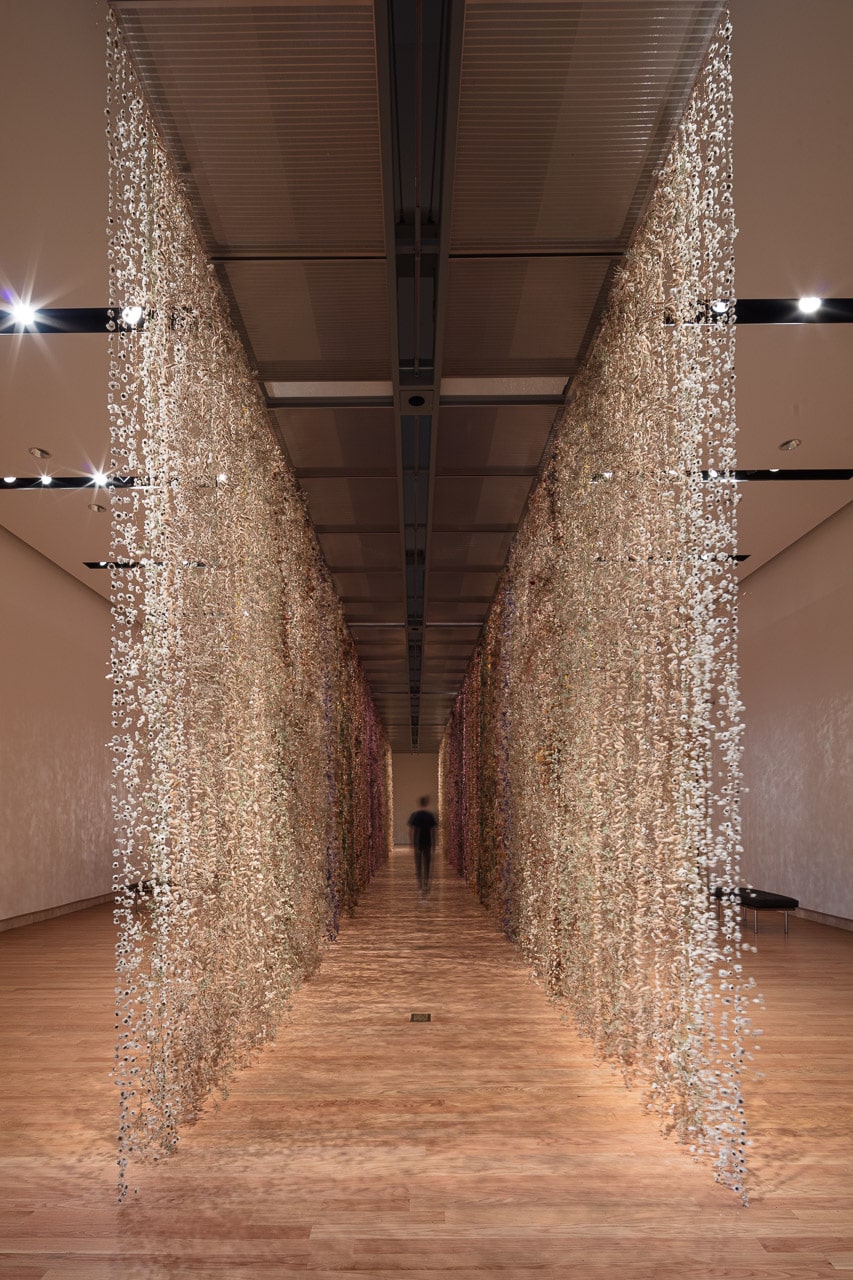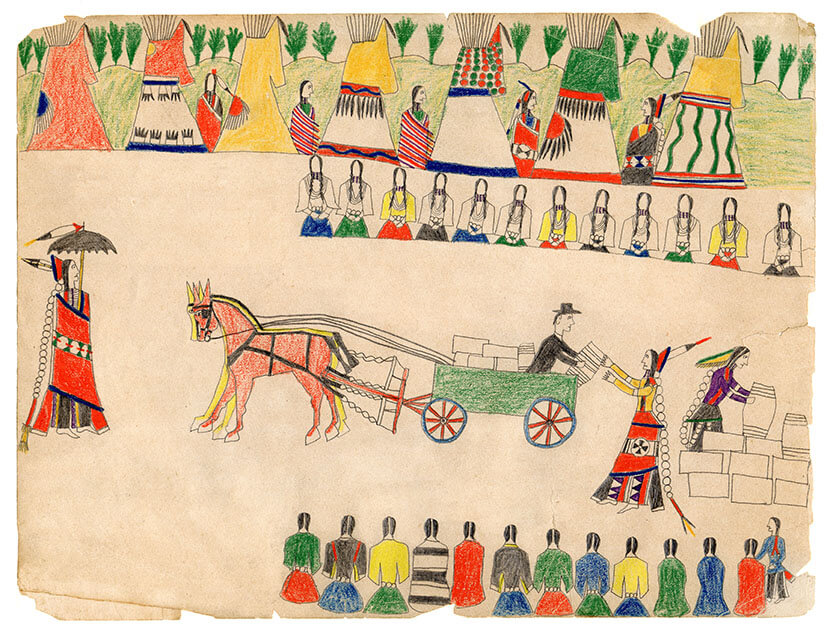Cross Pollination: Heade, Cole, Church and Our Contemporary Moment
Cross Pollination takes flight from the influential series of paintings, The Gems of Brazil (1863-64) by Martin Johnson Heade, but expands outward to explore pollination in nature and ecology, cultural and artistic influence and exchange, and the interconnection between art and science, extending from the 19th century to now. The exhibition itself was developed collaboratively by the Thomas Cole National Historic Site, The Olana Partnership at the Olana State Historic Site, and Crystal Bridges Museum of American Art, and draws from core work in each of their collections. Sixteen of Heade’s paintings from The Gems of Brazil currently in the collection of Crystal Bridges Museum are presented in conversation not only with works by fellow artists Thomas Cole and Frederic Church but also with artwork by their daughters, Emily Cole and Isabel Charlotte Church, as well as by major artists working today. This exhibition was created by The Olana Partnership at Olana State Historic Site, Thomas Cole National Historical Site, and Crystal Bridges Museum of American Art, Bentonville, Arkansas.
Curated by
Kate Menconeri of Thomas Cole National Historical Site
Julia Rosenbaum and William L. Coleman of The Olana Partnership at Olana State Historic Site
Mindy N. Besaw of Crystal Bridges Museum of American Art
Ashley Holland of Art Bridges Foundation
The exhibition tour is organized by Crystal Bridges. Support for this exhibition and its national tour is provided by Art Bridges. Additional major support has been provided by the Henry Luce Foundation.
Images:
Martin Johnson Heade (American, 1819 – 1904), Hooded Visorbearer, c. 1863 – 1864, oil on canvas, 12 ¼ x 10 in., Crystal Bridges Museum of American Art, Bentonville, Arkansas, 2006.93. Photography by Dwight Primiano.
Vik Muniz (American, b. 1961), Orchid and Three Brazilian Hummingbirds, 2013, digital C print, 40 x 53 in., Exhibition print courtesy of the artist and Sikkema, Jenkins & Co. Gallery, NY. © Vik Muniz / VAGA at Artists Rights Society (ARS), NY.


